Application cases of IoT in modern farms
As growing conditions become less stable and unpredictable, Agriculture 4.0 is moving indoors and increasing agricultural productivity through connected technology.
Vertical farming, also known as smart farming and Agriculture 4.0. aims to increase crop yields by automatically tracking key parameters such as soil nutrients, temperature, and moisture levels for planting, fertilization, irrigation, and harvesting. More specifically, this allows farmers to control the amount of seeds, fertilizers, pesticides, and water their fields receive. They can measure these standards through systems that use sensors, monitors, and computers. Driven by electrification and digitization, smart agriculture aims to help farmers optimize operations and reduce waste. To meet the demand for food security and sustainability, farmers are focusing on smart greenhouses.
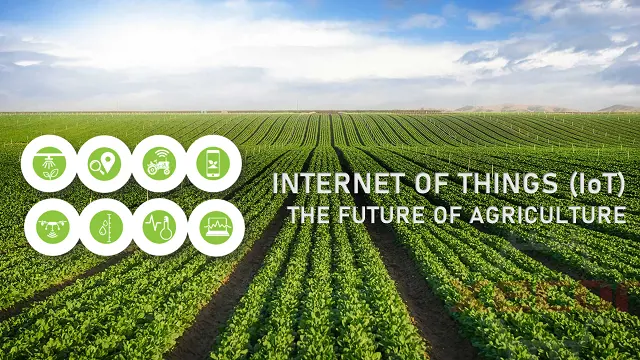
Smart greenhouses utilize many Internet of Things (IoT) technologies, including an array of environmental sensors that evaluate growing condition data to help direct the use of nutrients, pesticides, irrigation, and lighting to optimize plant growth, reduce energy costs, and minimize environmental impact change. These systems work together to increase yield and plant quality.
With these groundbreaking advances in agricultural equipment and technology, rugged connectors are needed to enable Agriculture 4.0 and optimize vertical farming and outdoor operations. In both cases, these interconnect products must be resistant to dust, dirt, chemicals, and moisture intrusion due to their use in harsh agricultural environments. On outdoor farms, they also have to deal with the effects of harsh weather conditions.
IoT plays a key role in modern farms. These connected technologies not only monitor and promote plant growth, they can be used to monitor livestock health, location, and movement, among other things. They can also play a role in equipment management, predictive maintenance, and minimizing repair downtime, keeping operations running against tight production schedules. Remote monitoring allows farmers to continuously manage their crops and animals from anywhere with an internet connection, which reduces labor costs and increases efficiency.
smart sensor
In vertical farming operations, sensors are used to monitor and adjust temperature, humidity, lighting, and other environmental factors to achieve automatic control of indoor farming, allowing farmers to adjust growing conditions in real time to provide optimal conditions for each step of the plant growth cycle.
In outdoor operations, sensors can help balance conditions in changing outdoor environments. Soil sensors measure moisture levels and temperature to optimize irrigation and fertilizer application, while plant sensors calculate plant growth, photosynthesis, and more. Sensors help deliver data throughout the plant's life cycle, so farmers, often in conjunction with automated equipment, can adjust growing conditions to improve plant health and productivity. Weather sensors monitor temperature, humidity, and wind speed, providing the data needed to protect crops from extreme conditions. Sensors monitor the animals' health, recording activity levels and nutritional status. These sensors allow farmers to easily capture growth and identify areas of stress.

In smart agriculture, advanced lighting systems provide strategic lighting for vertical farming facilities, providing the correct spectrum of sunlight needed to grow crops indoors and during winter.
Irrigation systems allow water to gradually trickle down to the roots of plants. They use sensors and controllers to monitor soil and moisture levels and water plants only when necessary.
Smart greenhouses are a revolutionary way to produce animals, grains, fruits, vegetables, and other crops. Enabled by smart sensors, ruggedized connectors, and connected agricultural technology, the IoT is already enabling farmers to track crop production and perform tasks more efficiently, thereby saving costs, increasing yields, and minimizing environmental impact. Agriculture 4.0 will help combat climate impacts on global food production and growing population trends.
More Application-Related Electronic Components
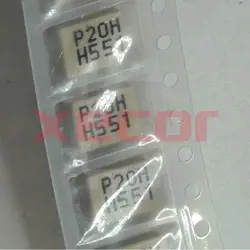
CPFC74NP-PS02H2A20
Common Mode Chokes Dual 200Ohm 20MHz to 300MHz 2A 0.12Ohm DCR SMD
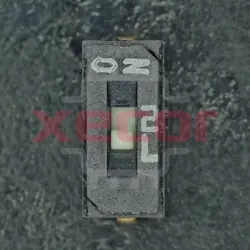
CHS-01TA1
DIP Switches / SIP Switches smd slide 1 pos., J hook, non-washable without seal tape
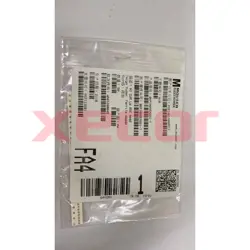
BKP1005EM221-T
Ferrite Beads Multi-Layer Power 220Ohm 25% 100MHz 1A 0.15Ohm DCR 0402 T/R
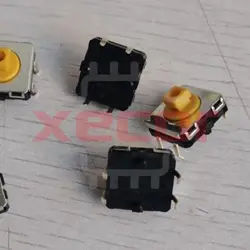
B3W-4055
Tactile Switches 12x12mm NoGroundTerm Prjctd 7.3mmH 350OF
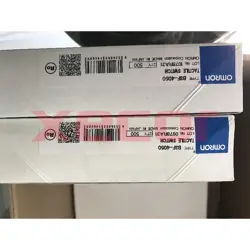
B3F-4050
Switch Tactile N.O. SPST Projected Plunger PC Pins 0.05A 24VDC 1.27N Thru-Hole Bag
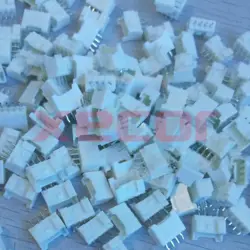
B04B-PASK
Connector Header Through Hole 4 position 0.079" (2.00mm)
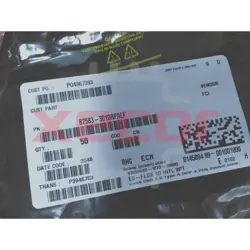
87583-3010RPALF
USB 2.0, Input Output Connectors, Receptacle, Type A, Standard, Right Angle, Surface Mount, Single Deck, 4 Positions
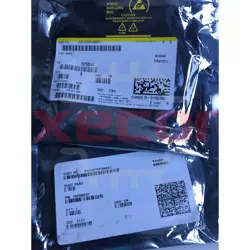
76PSB04T
Switch DIP ON OFF SPST 4 Piano 0.15A 30VDC PC Pins 2000Cycles 2.54mm Thru-Hole Tube
READ ALSO
-
How IoT solutions can help OEMs reduce costs in the aerospace industry Date: 04/10/2023
The potential of the Internet of Things in the aviation industry is endless. By effectively leveraging IoT, the aviation industry can focus on improving passenger safety, cost reduction, system maintenance, efficiency, safety, and customer experience.
-
How IoT is changing the healthcare industry Date: 04/10/2023
The adoption of the Internet of Things (IoT) has revolutionized the way the healthcare industry now works, as it has huge potential and multiple applications, from remote monitoring to medical device integration. In healthcare, IoT is used for interconnected medical devices like monitoring systems, sensor machines, and detectors that capture real-time health information and store it on centralized cloud/servers for later analysis to obtain Better healthcare services. All the big players in the i
-
IoT application processor chips and camera chips Date: 04/10/2023
In recent years, artificial intelligence technology and Internet of Things technology have gradually integrated and developed. Massive data is generated and collected through the Internet of Things and stored in device terminals, edges, and clouds. The data is then intelligently analyzed through machine learning, ultimately realizing the intelligent connection of all things data action, AIoT emerged as the times required. As the core component of AIoT equipment, the importance of chips has becom
